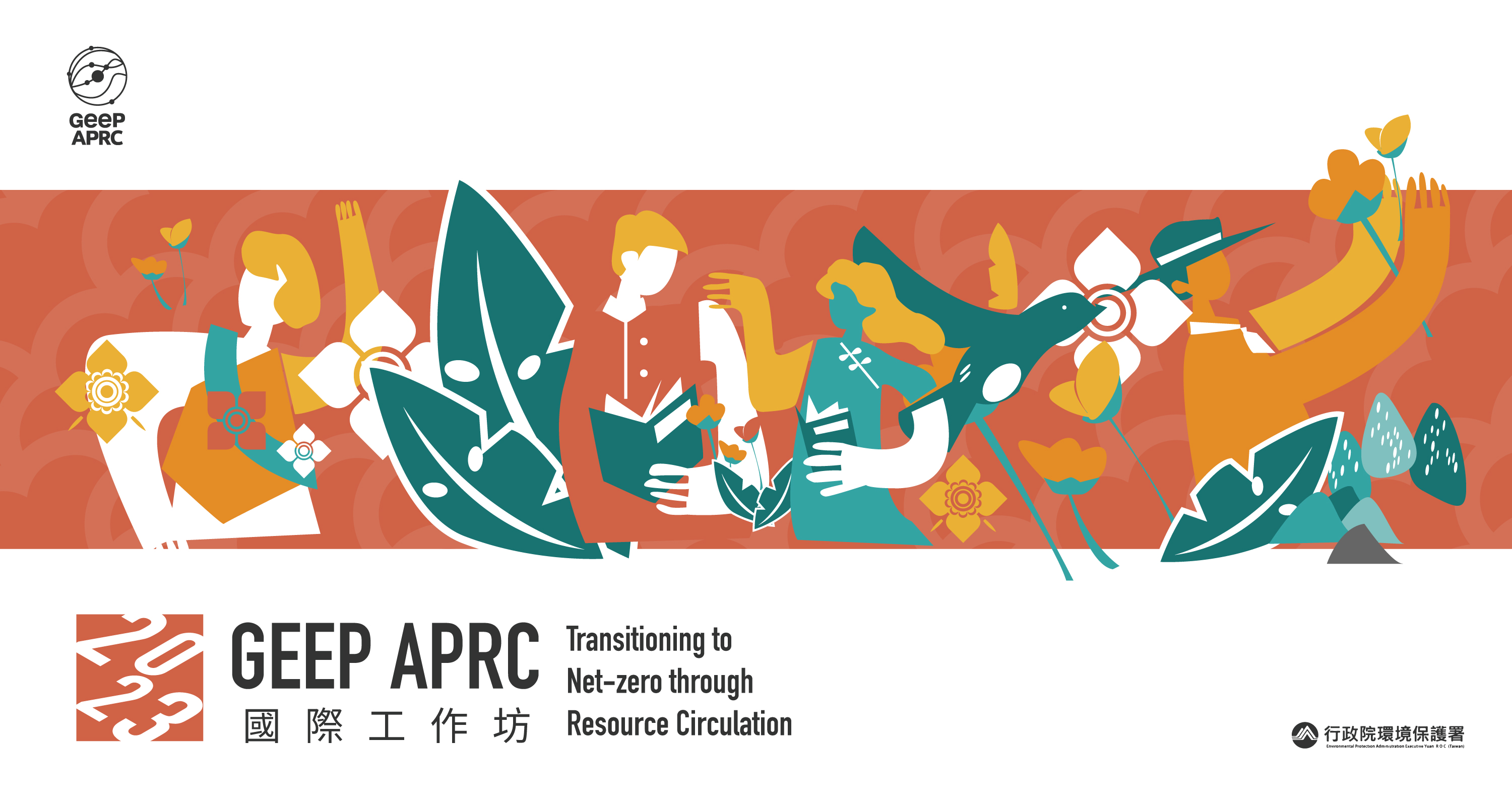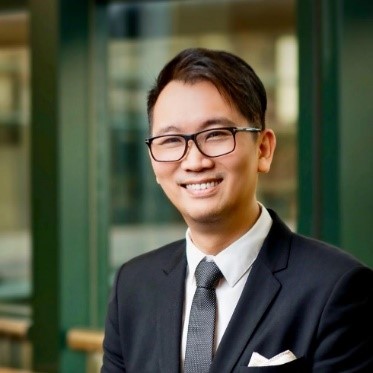
Toward net zero green living in Singapore across scales
Introduction
Sustainability is something that has become central to many discourses when we talk about the earth’s environmental future. People around the world are concerned about adopting greener practices and reducing their carbon footprint. I will outline the efforts across scale at the National Institute of Education (NIE), Nanyang Technological University (NTU), and Singapore's approach to sustainability. This presentation takes on three perspectives in arguing for alignment in practice across the scales mentioned. From the Belgrade Charter to the UNSDGs, discourses on environmental and then sustainability education have taken on different organising schemas. If we are to describe the curriculum for EE or Sustainability Education, then we also need to examine the construct of curriculum. Two further perspectives of curriculum, namely Michael Young’s work on the F3 curriculum and Esiner’s 3 levels of curriculum will be used in this discussion.
The NIE Story
Singapore's National Institute of Education (NIE) has demonstrated its commitment to sustainability through an integrated approach and years of sustained effort. The 16-hectare NIE campus contains six main buildings with a combined gross floor area of nearly 11 hectares. Built between 1997 and 2000, the campus consists of low-rise structures with two to six stories. From 2001 to 2020, NIE was able to cut the Energy Use Intensity (EUI) by 60.6%. This made us the most energy-efficient Institute of Higher Learning (IHL) in Singapore. The education programmes also focus on sustainability. Sustainability courses are offered in the undergraduate, graduate, and in-service. NIE also has community events, such those put on by the Student Club and the Green Clan, which is a faculty and staff group. In 2022, NIE took another significant step by launching the Sustainability Learning Lab (SLL), a formal centre of excellence aimed at becoming a global leader in sustainability education. To further bolster their sustainability efforts, NIE appointed a dedicated Sustainability Officer. Beyond knowledge, skills and attitudes, the approach taken at NIE encompasses educating students and its staff and faculty through the explicit, implicit and null curriculum – taking on a life-long, life-wide, life-deep and life-wise approach.
NTU's Sustainability Manifesto
Nanyang Technological University (NTU) launched a 15-year Sustainability Manifesto in 2021. The manifesto outlines ambitious targets, including achieving carbon neutrality by 2035, obtaining 100% Green Mark Platinum certification for eligible buildings on the main campus, and reducing net energy utilization and waste generation by 50% by March 2026 compared to 2011 baseline levels.
To achieve these targets, NTU has implemented various initiatives such as increasing solar energy production on campus with a significant investment of S$5.7 million. The university has plans to install 13,000 new solar photovoltaic (PV) panels in addition to its existing 19,000, aiming to produce a total solar energy output of 11.8 million kWh per year.
NTU has also engaged its community through events like "Green for Good," organized by the Earthlink NTU student group, which saw over 10,000 participants in 2022. Additionally, NTU integrated sustainability courses into its common Interdisciplinary Collaborative Core (ICC) curriculum for all undergraduates, promoting interdisciplinary collaboration to address sustainability challenges. Clearly the NTU approach also takes into consideration knowledge production and its relationship to the curriculum.
Singapore's Sustainability Initiatives
Singapore, a country facing challenges due to its lack of natural resources, has shown immense dedication to sustainability. The Sustainable Singapore Blueprint (SSB) 2015 set the foundation for sustainable development, followed by various other plans and initiatives, including the 2030 Green Plan.
The Green Plan focuses on five pillars: City in Nature, Energy Reset, Sustainable Living, Green Economy, and Resilient Future. Under this plan, Singapore aims to plant one million more trees, quadruple solar energy deployment by 2025, reduce waste sent to landfill by 30% by 2030, make at least 20% of schools carbon neutral by 2030, and have all newly registered cars be cleaner-energy models by 2030.
While the country adopts a holistic approach to sustainability education in the form of the eco-stewardship programme, we are reminded of Esiner’s 3 levels of curriculum, where the null and the implict curriculum play important and crucial roles.
Discussion
The efforts by NIE, NTU, and Singapore exemplify a holistic and comprehensive approach towards sustainability. At NIE and NTU, structures and infrastructures have been developed to support and enable sustainability initiatives effectively. Both institutions have actively engaged their communities, encouraging people to be part of the movement for a greener future. These approaches are largely aligned to the intentions of the curriculum approaches described in this presentation.
The alignment of efforts across different scales is evident in the sustainability initiatives of Singapore. The country's various plans and blueprints work in harmony to address key sustainability challenges. By focusing on structures, people, and alignment, NIE, NTU, and Singapore are taking significant steps towards achieving their sustainability goals.
Conclusion
As sustainability becomes a global priority, NIE, NTU, and Singapore are setting commendable examples of dedication and commitment to a greener and more sustainable future. From education and research to infrastructure and community engagement, these entities have demonstrated a comprehensive approach towards sustainability. We are creating a positive impact at different levels, paving the way for a more sustainable and resilient society. With continued efforts and collaborations, we can make significant strides towards a greener and more sustainable future.
Back to list

